Shah Zeb
Industry 5.0 is Coming: A Survey on Intelligent NextG Wireless Networks as Technological Enablers
May 18, 2022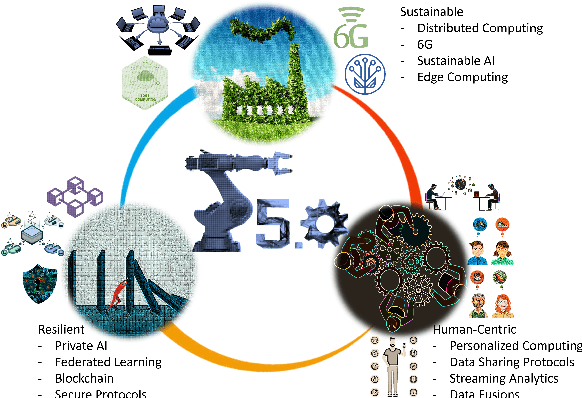
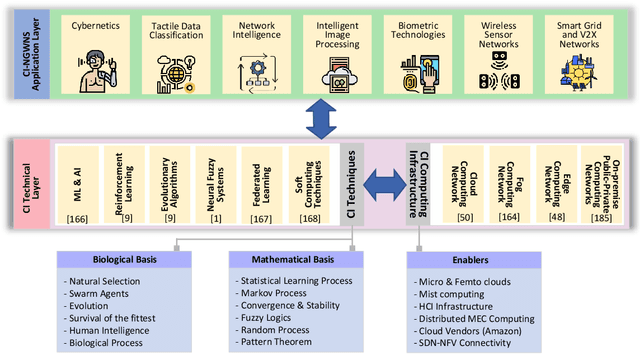
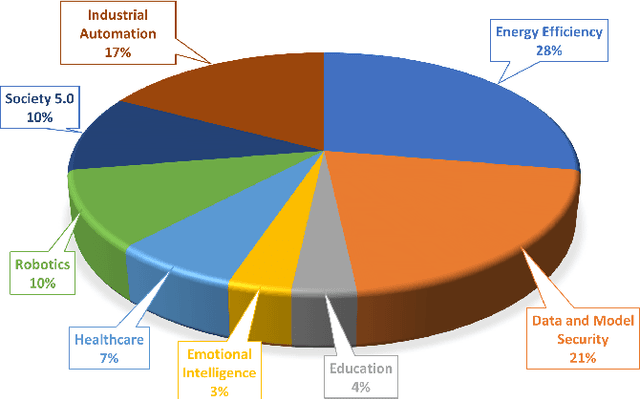
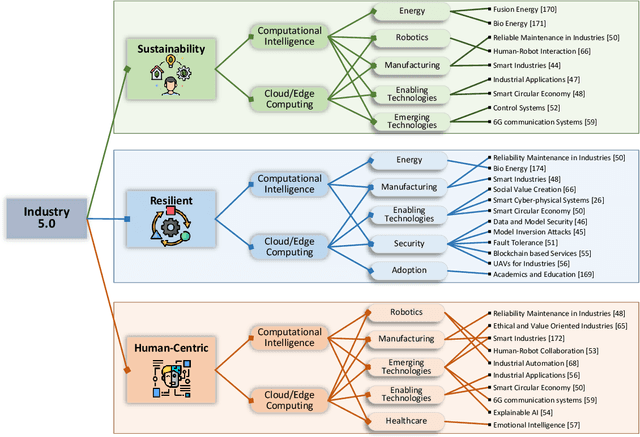
Abstract:Industry 5.0 vision, a step toward the next industrial revolution and enhancement to Industry 4.0, envisioned the new goals of resilient, sustainable, and human-centric approaches in diverse emerging applications, e.g., factories-of-the-future, digital society. The vision seeks to leverage human intelligence and creativity in nexus with intelligent, efficient, and reliable cognitive collaborating robots (cobots) to achieve zero waste, zerodefect, and mass customization-based manufacturing solutions. However, the vision requires the merging of cyber-physical worlds through utilizing Industry 5.0 technological enablers, e.g., cognitive cobots, person-centric artificial intelligence (AI), cyberphysical systems, digital twins, hyperconverged data storage and computing, communication infrastructure, and others. In this regard, the convergence of the emerging computational intelligence (CI) paradigm and next-generation wireless networks (NGWNs) can fulfill the stringent communication and computation requirements of the technological enablers in the Industry 5.0 vision, which is the aim of this survey-based tutorial. In this article, we address this issue by reviewing and analyzing current emerging concepts and technologies, e.g., CI tools and frameworks, network-in-box architecture, open radio access networks, softwarized service architectures, potential enabling services, and others, essential for designing the objectives of CINGWNs to fulfill the Industry 5.0 vision requirements. Finally, we provide a list of lessons learned from our detailed review, research challenges, and open issues that should be addressed in CI-NGWNs to realize Industry 5.0.
Edge Intelligence in Softwarized 6G: Deep Learning-enabled Network Traffic Predictions
Jul 31, 2021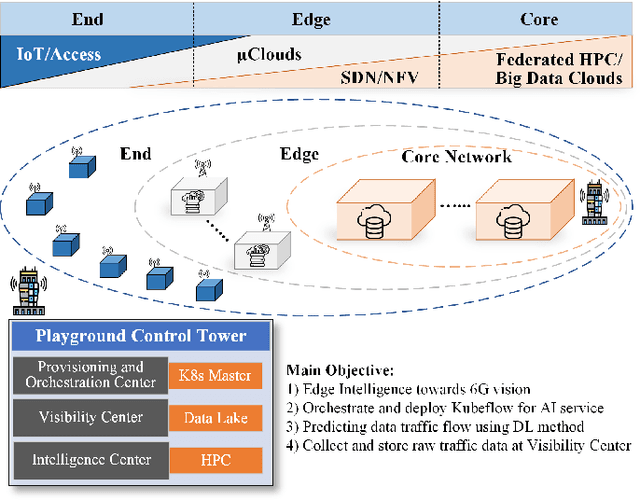
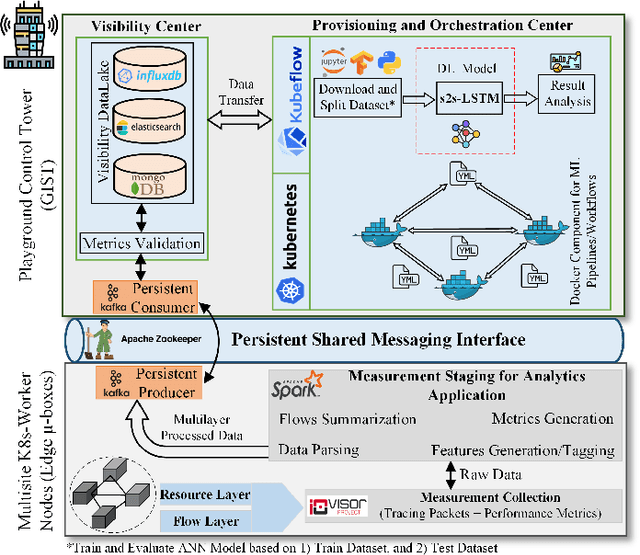
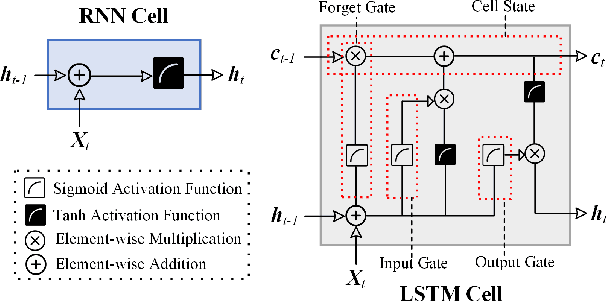
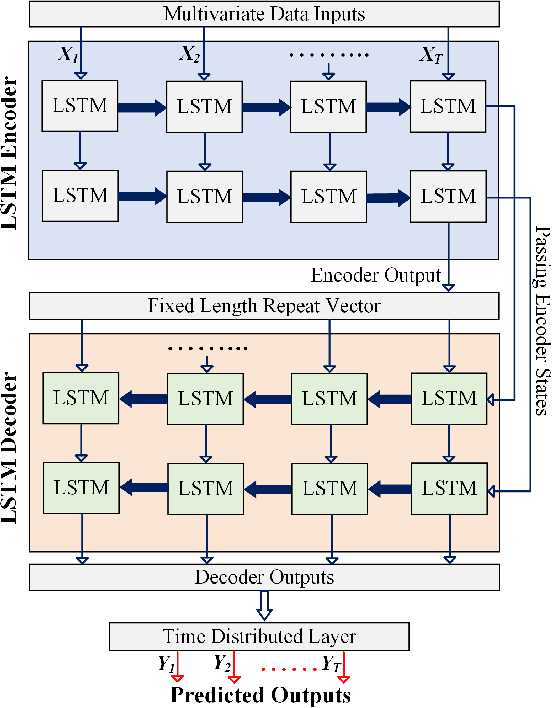
Abstract:The 6G vision is envisaged to enable agile network expansion and rapid deployment of new on-demand microservices (i.e., visibility services for data traffic management, mobile edge computing services) closer to the network's edge IoT devices. However, providing one of the critical features of network visibility services, i.e., data flow prediction in the network, is challenging at the edge devices within a dynamic cloud-native environment as the traffic flow characteristics are random and sporadic. To provide the AI-native services for the 6G vision, we propose a novel edge-native framework to provide an intelligent prognosis technique for data traffic management in this paper. The prognosis model uses long short-term memory (LSTM)-based encoder-decoder deep learning, which we train on real time-series multivariate data records collected from the edge $\mu$-boxes of a selected testbed network. Our result accurately predicts the statistical characteristics of data traffic and verify against the ground truth observations. Moreover, we validate our novel framework model with two performance metrics for each feature of the multivariate data.
 Add to Chrome
Add to Chrome Add to Firefox
Add to Firefox Add to Edge
Add to Edge